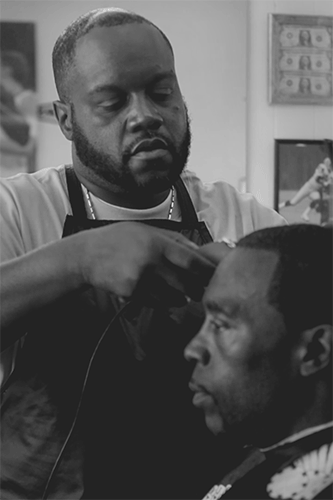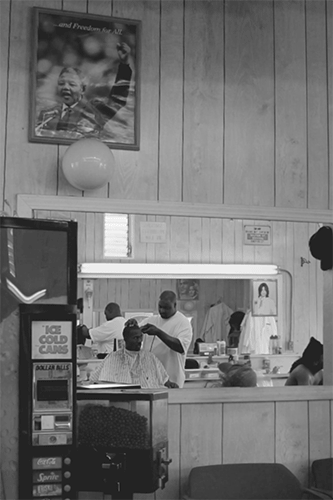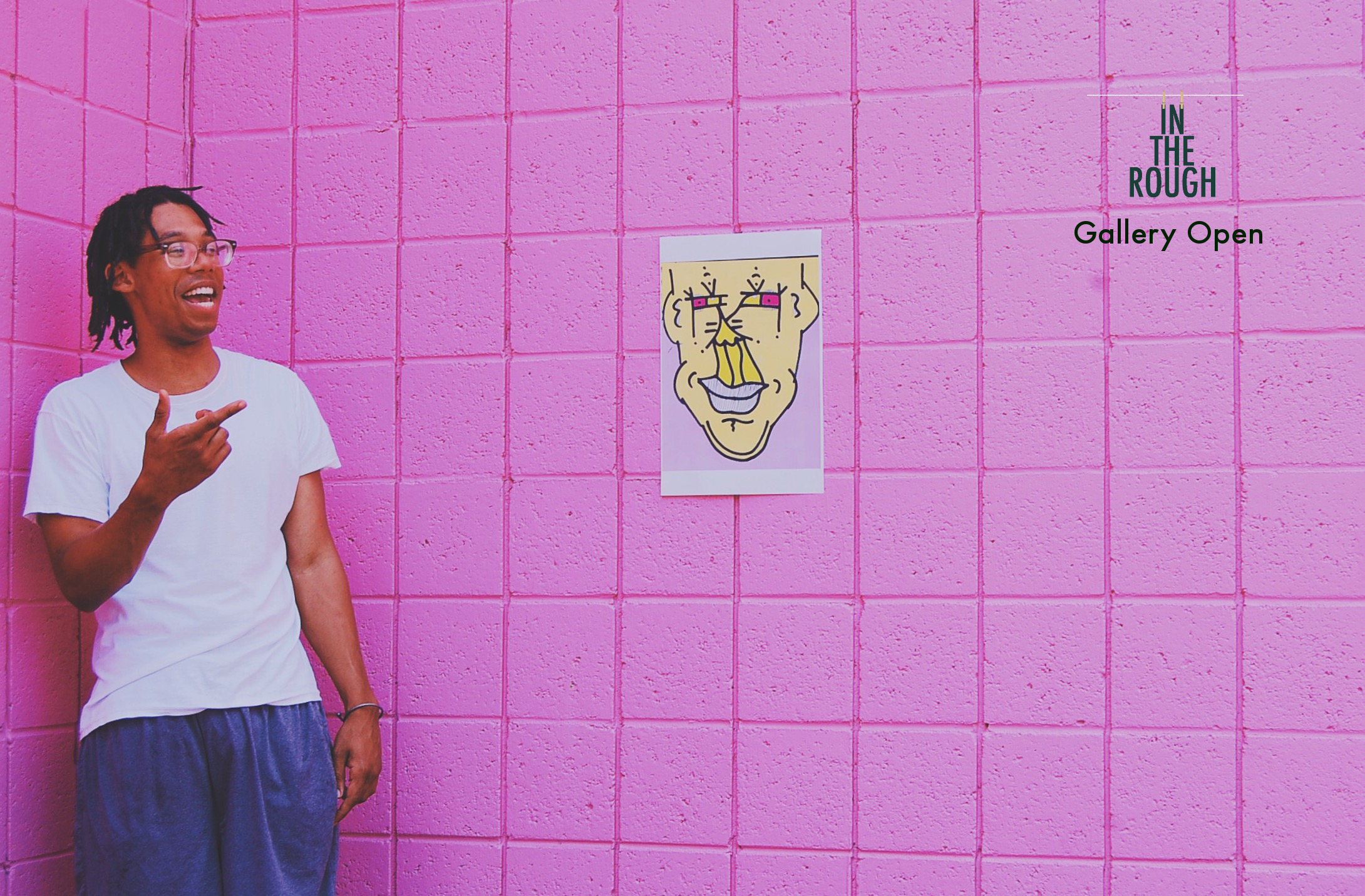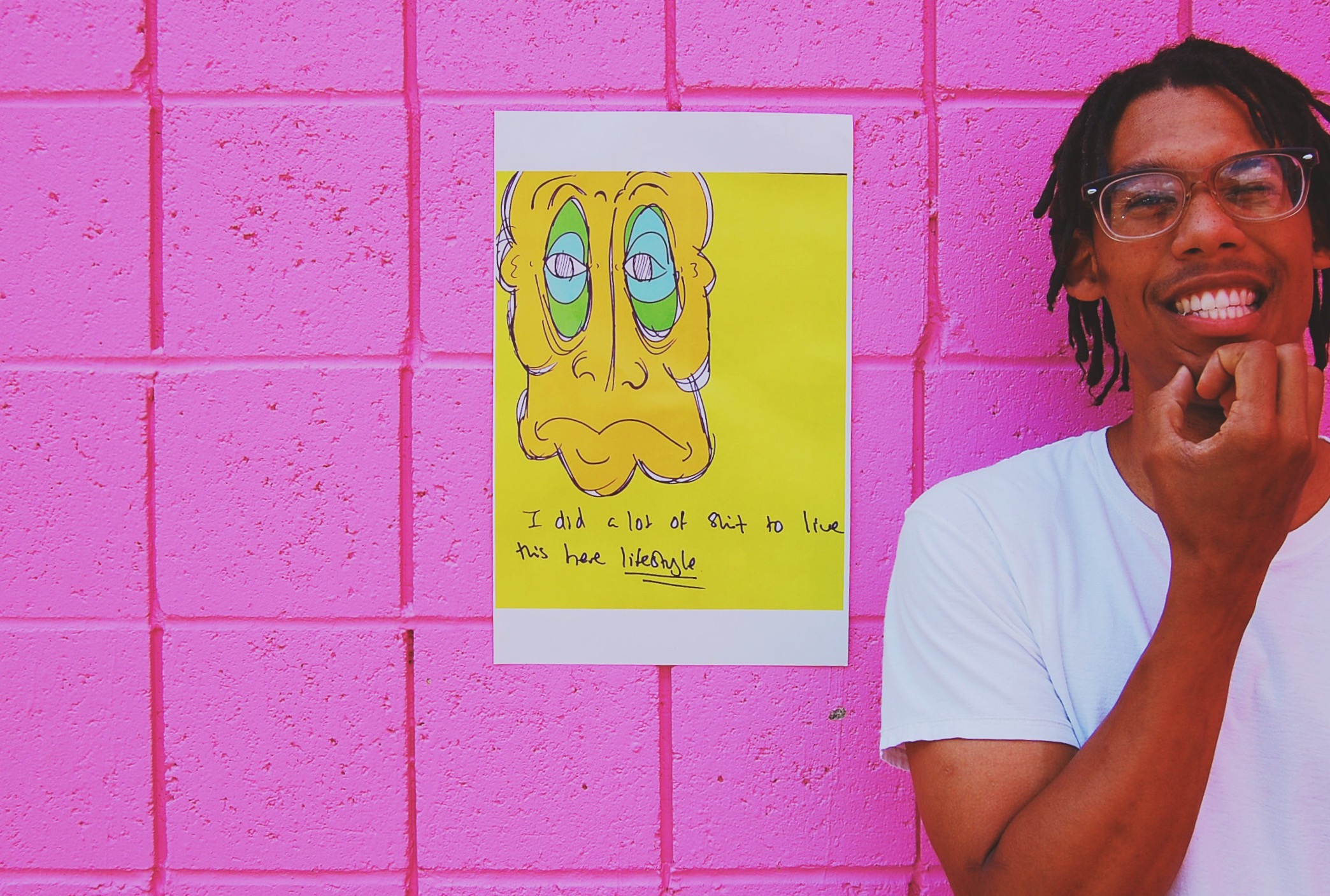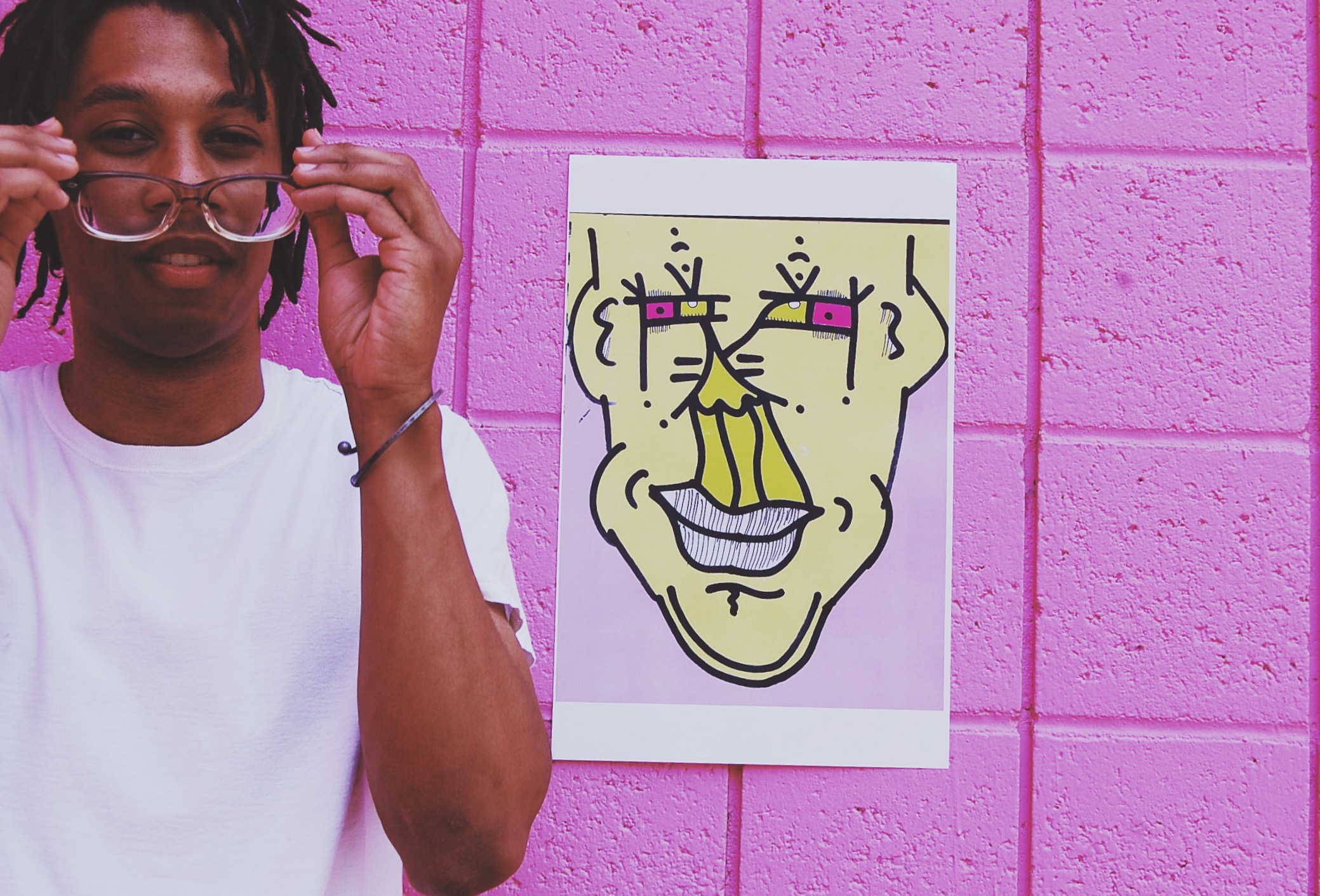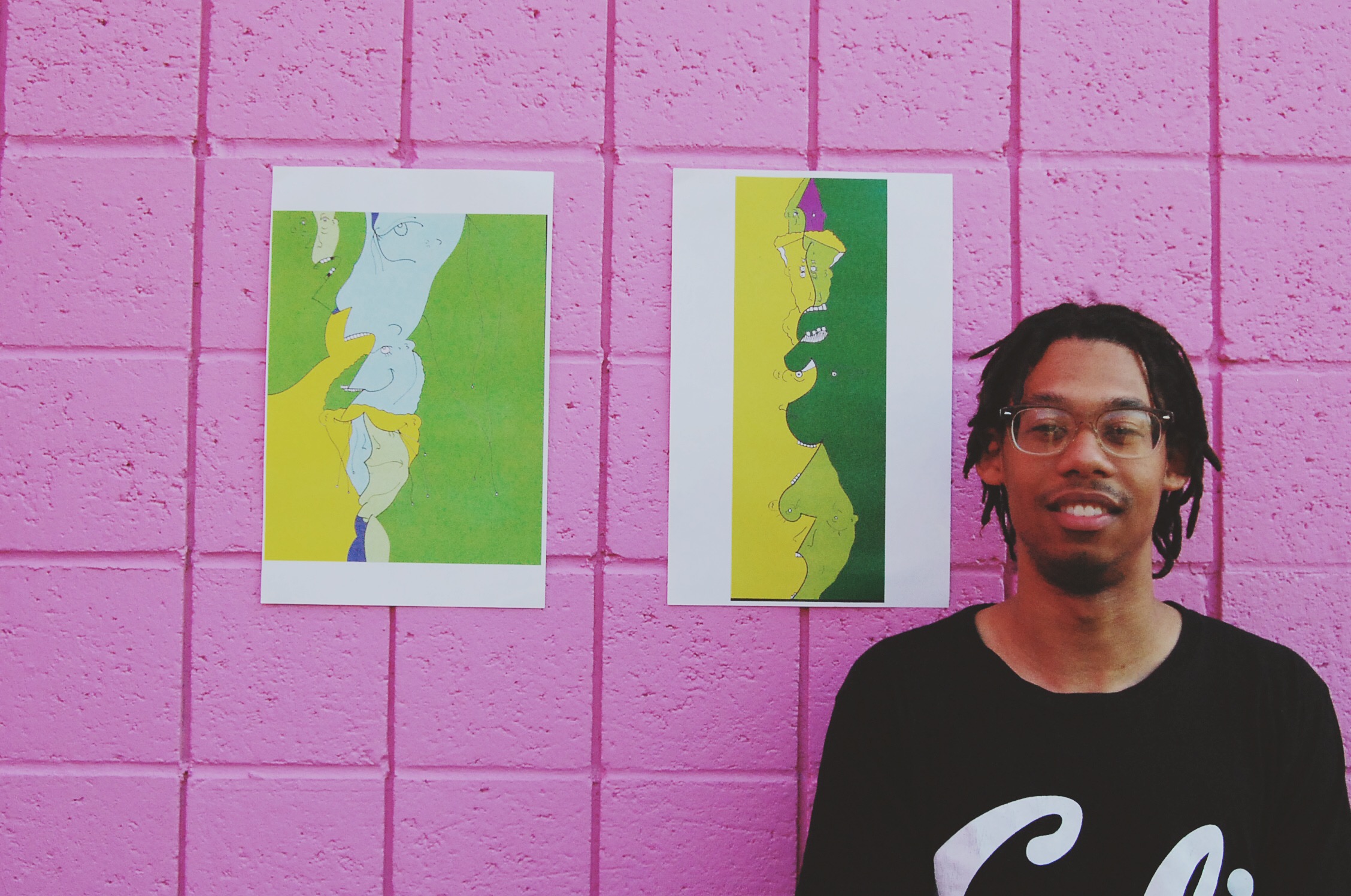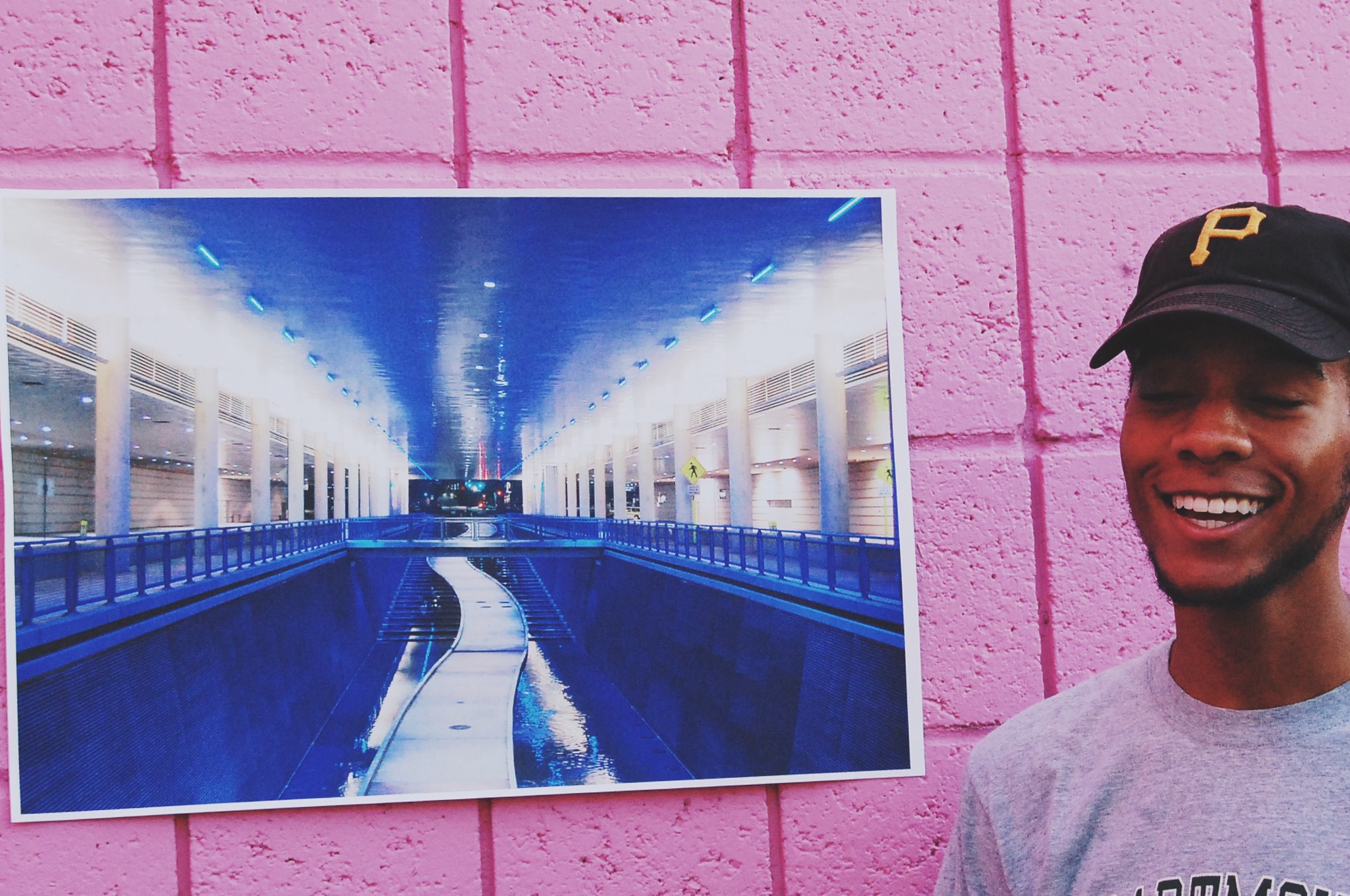Brandon Tauszik: Tapered Throne
In the African American community most men get their haircut at a barbershop. The shops and the people that run them remain as one of the most important institutions to black communities because they foster comfortable and open environments where people can talk, form friendships and be themselves.
Brandon Tauszik, a photographer from Northern England, took to his Oakland, California residence and explored the independently owned barbershops in the city's black communities. To learn about the crucial role the shops play, Tauszik offers a glimpse at the daily routines and interactions shop owners have in his latest series, Tapered Throne.
An introductory essay by Dr. Quincy T. Mills, a professor of Africana Studies at Vassar College, accompanies Tauszik's exhibition and explains the loyalty one has to his barber. Mills writes:
“Haircuts are not commodities for African Americans. You cannot get one anywhere, from anyone, at any price. One’s barber knows how he likes his hair cut, how long to keep the sideburns, how to shape the taper. Outside of the particulars of one’s cut, a barber will come to learn much about their clients. Information is divulged about family, work, recreation, and sometimes their greatest fears and joys.”
Brandon Tauszik: Tapered Throne
Barbers form a Rolodex of names, events and places relevant in the community, their shops become the pulse of everything current in the neighborhoods. In cities where crime is abundant barbershops add positive influence and support. A man named ATL said of Fruitvale Barbers in 2014, "We sometimes have to deal with a lot of negativity in Oakland; poverty, crime, violence. But I don't believe my shop has to be part of all that."
The series of images Tauszik presents are made more intriguing by his use of gifs. Gifs offer the spotlight aspect of a photo, but, "At the heart of a gif is the loop... you're able to spend time within the moment as the same sliver of time passes on infinite repeat," Tauszik says. The footage is reminiscent of a barber's pole forever turning outside his shop, as viewers see the clippers move back and forth, around and about a myriad of black heads and chins.
Tapered Throne illustrates how barbershops create valuable relationships and sync communities, see for yourself at brandontauszik.com and be sure to read the paired essay.
Brandon Tauszik: Tapered Throne


